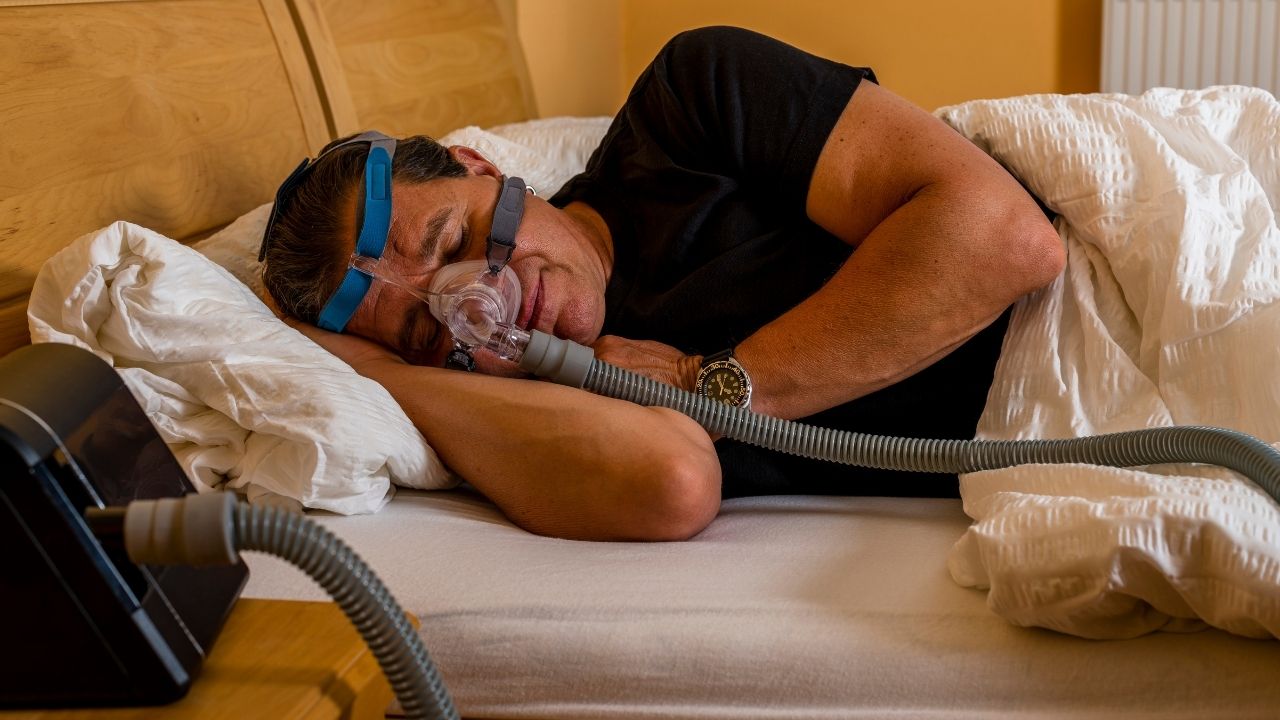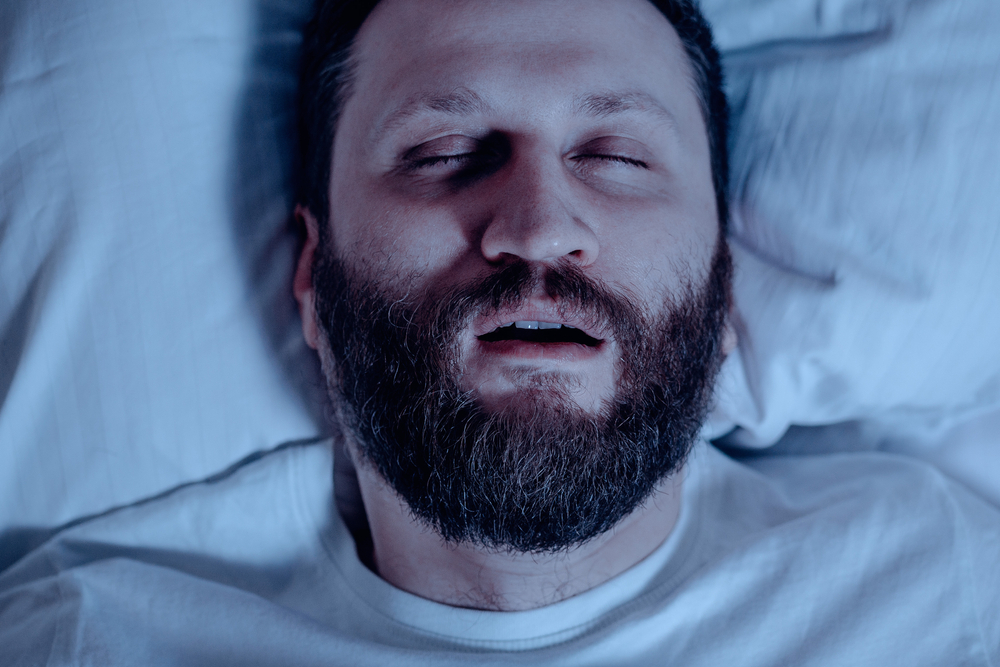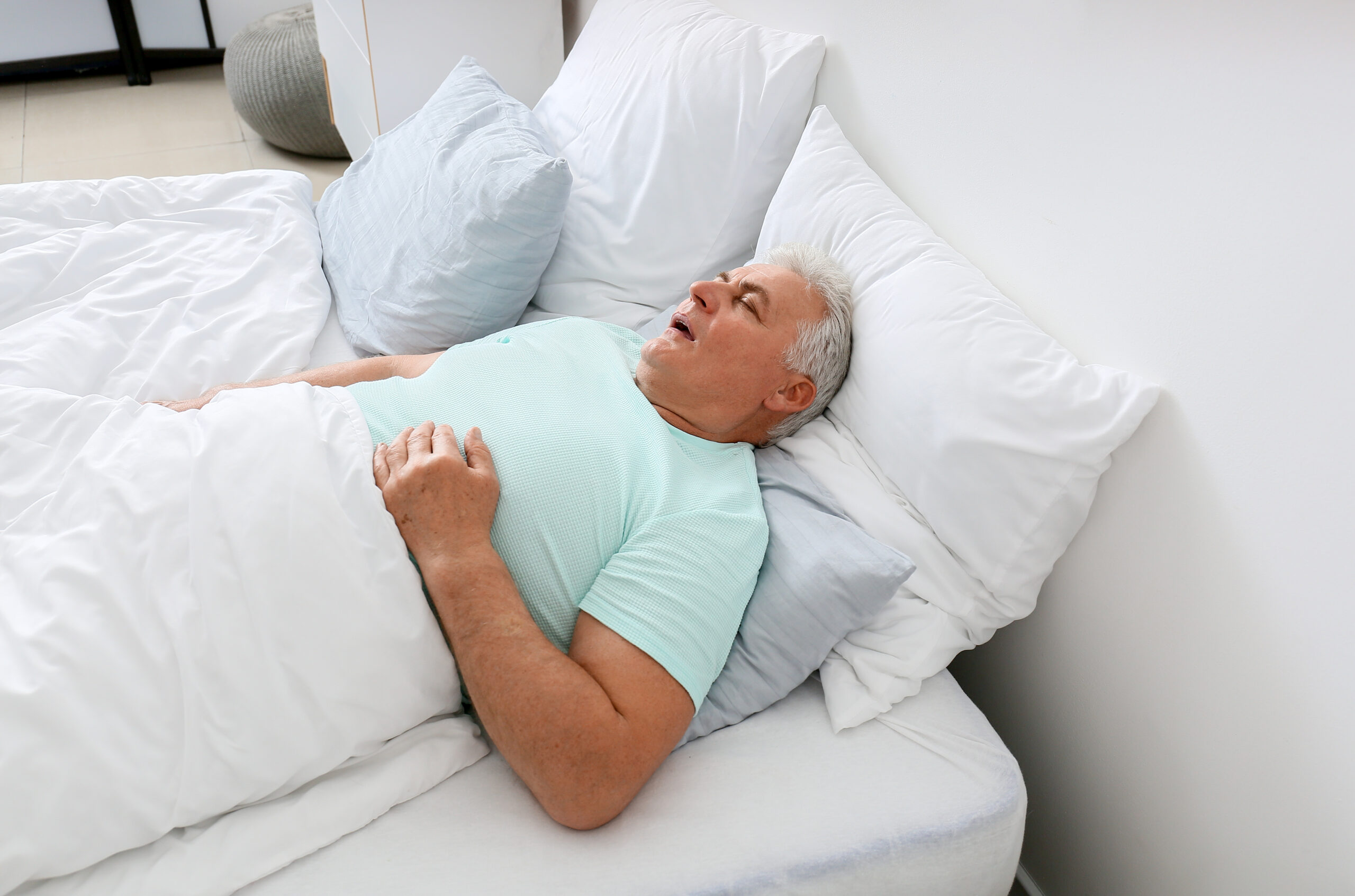Pickwickian syndrome, commonly known as obesity hypoventilation syndrome (OHS), causes people with obesity to breathe too slowly or shallowly. This leads to a rise in the body’s carbon dioxide levels and a drop in its oxygen levels. People with a body mass index of 30 or more are at risk of developing OHS, as are individuals with obstructive sleep apnea (OSA).
Without treatment, OHS can lead to serious medical problems, so it’s important for people with symptoms of this syndrome to talk to their doctors.
What is Pickwickian Syndrome?
Named after a character in a Charles Dickens novel, Pickwickian syndrome causes poor breathing in people with obesity. In the medical community, the preferred term for this condition is obesity hypoventilation syndrome (OHS).
The risk of developing OHS increases with a person’s weight, affecting about one in 10 people with a BMI between 30 and 35 and half of people with a BMI greater than 50.
About 90% of people with OHS also have obstructive sleep apnea (OSA), which in many cases is severe. However, OHS is distinct from OSA in that it causes poor breathing while a person is awake, leading to low oxygen levels and high carbon dioxide levels during the day as well as at night.
Most people diagnosed with OHS are in their 50s or 60s—and unlike sleep apnea, which more commonly affects men and people assigned male at birth, OHS appears to have similar prevalence in both sexes.
Symptoms of Pickwickian Syndrome
People with Pickwickian syndrome experience a variety of symptoms, which usually result from sleep disruptions, low oxygen levels, and high carbon dioxide levels:
- Poor quality sleep
- Headache
- Daytime sleepiness or fatigue
- Depression
- Shortness of breath
- Bluish fingers, toes, or lips
- Flushed skin
People with advanced OHS may also have signs and symptoms that indicate heart or lung damage, including:
- Swelling in the feet or legs
- Puffiness in the face
- Difficulty getting enough air during exertion
- Feeling tired after low-effort activities
- An enlarged liver
- Elevated blood pressure in the jugular vein
Pickwickian Syndrome Causes
The causes of obesity hypoventilation syndrome are not fully understood, but experts believe several factors may contribute to its development.
- Body composition: Excess weight surrounding the abdomen can make it harder to draw in a sufficiently deep breath. Additionally, bodies with more surface area produce more carbon dioxide.
- Limited respiratory muscle strength: Breathing requires extra work for people with obesity, and those with reduced strength and endurance in their breathing muscles may be more likely to develop OHS.
- Breathing mechanics: People with obesity often experience a mismatch between the amount of air flowing into their lungs and the amount of blood circulating to the lungs. Because of low airflow and high blood flow, the necessary exchange of gasses does not occur, leading to low oxygen levels and a buildup of carbon dioxide in the blood.
- Sleep-disordered breathing: Not only do people with both OHS and OSA have pauses in breathing while they sleep, but they also experience slow or shallow breathing between these events. This makes it difficult for their bodies to effectively eliminate the carbon dioxide that builds up during breathing disruptions.
- Suppressed respiratory drive: People with obesity may develop a resistance to leptin, a hormone created by body fat that stimulates breathing. As a result, the natural drive to breathe may not be as strong in these individuals.
Pickwickian Syndrome Diagnosis
If you think you might have Pickwickian syndrome, it’s important to see a medical professional. Your doctor will likely ask questions about your symptoms and perform a physical examination to look for signs of OHS. If there is reason to believe you may have OHS, your doctor will order one or more blood tests to measure the carbon dioxide in your blood .
Further testing will likely be necessary if you have high levels of carbon dioxide in your blood. Many other conditions can cause the body’s carbon dioxide levels to rise—such as chronic obstructive pulmonary disease (COPD) and hypothyroidism—and these must be ruled out before a diagnosis of OHS can be given. Additional tests may include:
- Blood tests
- Lung function tests
- X-rays
If you receive an OHS diagnosis and have not already been diagnosed with obstructive sleep apnea or sleep-disordered breathing, your doctor may also order an overnight sleep study. This will help your doctor determine how best to treat your OHS.
Pickwickian Syndrome Treatment
Untreated OHS can lead to respiratory failure, heart problems, and even death—but treatment, especially early in the course of the condition, can reverse symptoms and improve outcomes. The treatments for OHS target both its causes and its symptoms.
- Positive airway pressure (PAP) therapy: A first-line treatment for OHS, PAP therapy uses pressurized air to keep the airway open during sleep. Depending on whether or not you have OSA, your doctor may prescribe CPAP therapy or BiPAP therapy.
- Lifestyle changes: Experts recommend that, to whatever extent possible, people with OHS adapt their lifestyles to facilitate weight loss.
- Bariatric surgery: Because exercise may be difficult for people with OHS, and sustained weight loss due to lifestyle changes alone is not always possible, bariatric surgery may be recommended for some people with OHS.
- Tracheostomy: In rare cases, doctors may recommend a patient with OHS receive a tracheostomy. This surgical procedure creates an opening in the throat that allows the person to breathe through a tube.











